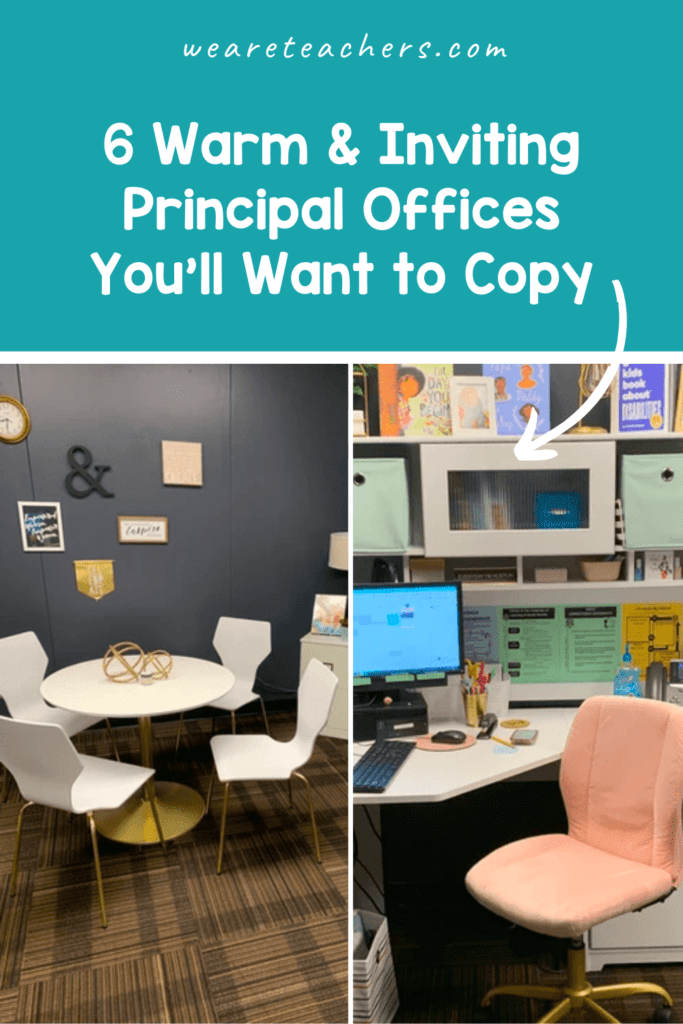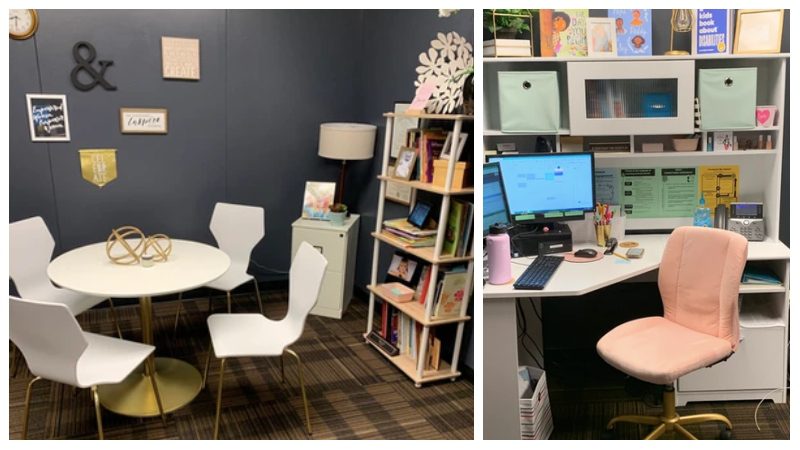Welcome to a journey through the world of principal office decorating! As both a decorative enthusiast and a professional who has experienced the impact of an appealing workspace, I’m excited to share with you various ideas that can transform your office into a productive and inspiring environment.
Why Office Decoration Matters
First impressions matter, especially in a professional setting. The aesthetics of your office can influence not only your mood but also the perception of your clients and employees. A well-decorated office can enhance productivity, creativity, and even employee satisfaction.
The Psychological Impact of Office Decor
Research has shown that a well-designed workspace can foster creativity and reduce stress. A pleasant environment encourages employees to perform better, which is a win for everyone. By thoughtfully decorating your principal office, you are investing in your organization’s success.
Key Elements of Office Decoration
When decorating your principal office, consider these essential elements:
- Color Scheme: Colors can evoke different emotions and responses.
- Furniture: The right furniture can enhance comfort and functionality.
- Lighting: Proper lighting is crucial for productivity and mood.
- Artwork: Art can inspire creativity and make the space more inviting.
- Plants: Incorporating greenery can improve air quality and aesthetics.
Principal Office Decorating Ideas
1. Color Pop Accents
Utilizing a neutral base color for walls and large furniture pieces can create a calm atmosphere. Add pops of color with decor items like cushions, art, or office supplies. Choose colors aligned with your brand, or those that evoke enthusiasm and energy.
Pros and Cons of Color Accents
| Pros | Cons |
|---|---|
| Boosts mood and creativity | Overdoing it can be distracting |
| Easy to update | Can clash with existing decor |

2. Create a Functional Layout
Consider the flow of your office space. A logical layout can facilitate better collaboration and communication. Create zones for different activities (e.g., meeting areas, workstations, lounges) to enhance both productivity and comfort.
Layout Comparison Table
| Layout Type | Description | Best For |
|---|---|---|
| Open Plan | Encourages collaboration and communication | Creative teams and startups |
| Private Offices | Provides focus and privacy | Executives and confidential work |
| Hybrid | Combination of open and private spaces | Companies needing flexibility |

3. Nature-Inspired Design
Bringing the outdoors inside can create a refreshing environment. Incorporate natural elements such as wooden furniture, stone accents, or large windows. Add plants to improve air quality and add a touch of nature to your office.
Benefits of Nature in Office
- Increases productivity by 15% according to studies.
- Reduces stress and enhances well-being.
- Improves air quality.

4. Smart Technology Integration
Modernizing your office with technology can enhance productivity and efficiency. Smart desks, automated lighting, and collaborative tools can improve the work environment significantly.
Pros and Cons of Tech Integration
| Pros | Cons |
|---|---|
| Increases efficiency | Can be costly |
| Enhances communication | May lead to tech dependency |

5. Inspirational Artwork
Art not only personalizes your office but can also inspire creativity. Consider pieces that reflect your brand or the values of your company. This can create a conversation starter and a motivational environment.
Choosing the Right Art
- Focus on themes relevant to your business.
- Mix different styles to keep it interesting.
- Consider local artists to support the community.

6. Personalized Workspaces
Encouraging employees to personalize their workspaces can increase satisfaction and productivity. Allow them to choose their decor style, from desk accessories to posters. This not only enhances their comfort but also reflects their personality.
Benefits of Personalized Workspaces
- Enhances employee morale.
- Promotes a sense of ownership.
- Encourages creativity and self-expression.

7. Effective Use of Lighting
Lighting plays a crucial role in office environment. Natural light is ideal, but if that’s limited, ensure you have adequate artificial lighting. Adjustable and task lighting can help reduce eye strain and enhance focus.
Lighting Types Explained
- Ambient Lighting: General illumination for the entire space.
- Task Lighting: Focused light for specific tasks.
- Accent Lighting: Highlights particular features or artwork.
Additional Tips for a Professional Look
1. Keep it Organized
Declutter is essential for an organized workspace. Invest in storage solutions that blend with your decor to keep everything tidy and professional. A clean space fosters productivity and reduces stress.
2. Utilize Multi-Functional Furniture
Choose furniture that serves more than one purpose. For instance, a coffee table that doubles as storage can save space while still looking chic.
3. Create Comfortable Break Areas
Designate areas for relaxation. Comfortable seating, coffee machines, or even a small library can help employees unwind and recharge, boosting overall productivity.
FAQs About Principal Office Decorating
1. How do I choose the right colors for my office?
Select colors based on the atmosphere you want to create. Blues and greens are calming, while yellows and oranges promote creativity and energy.
2. What are some budget-friendly decorating ideas?
Consider DIY projects, repurposing old furniture, and shopping at thrift stores. Adding plants and artwork from local artists can also be affordable and unique.
3. How often should I update my office decor?
There’s no set time frame, but refreshing your decor every couple of years or whenever you feel the need for a change can keep the environment inspiring.
4. What are some essential decor items?
Essential items include a comfortable desk chair, effective storage solutions, inspirational art, and plants to enhance the overall ambiance.